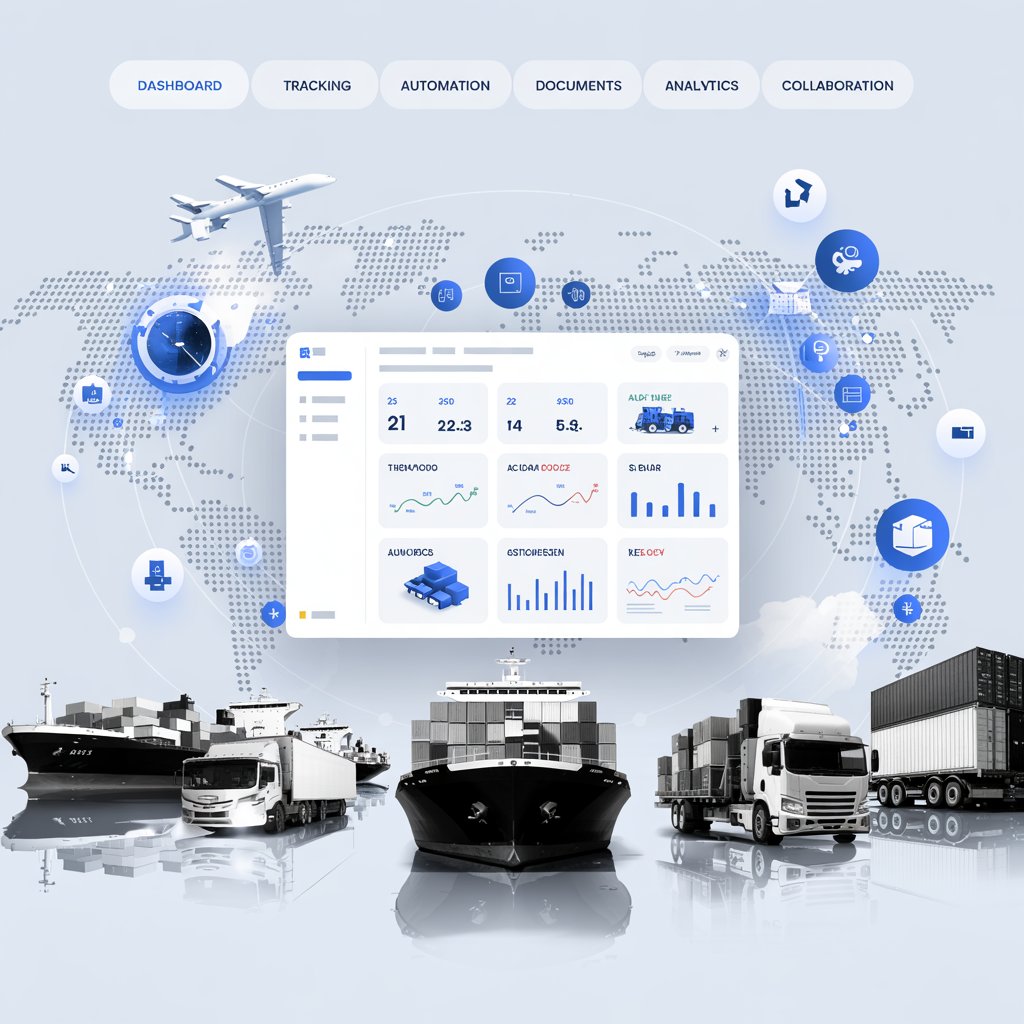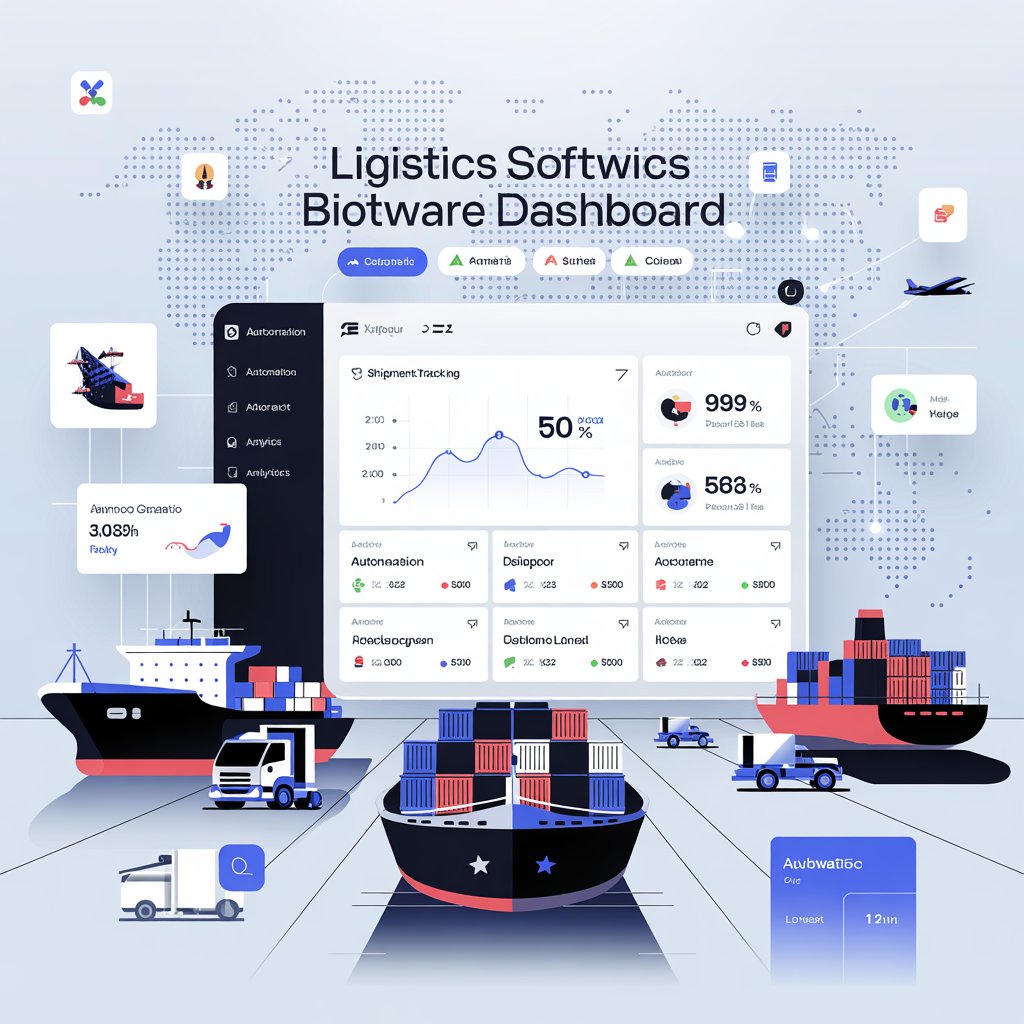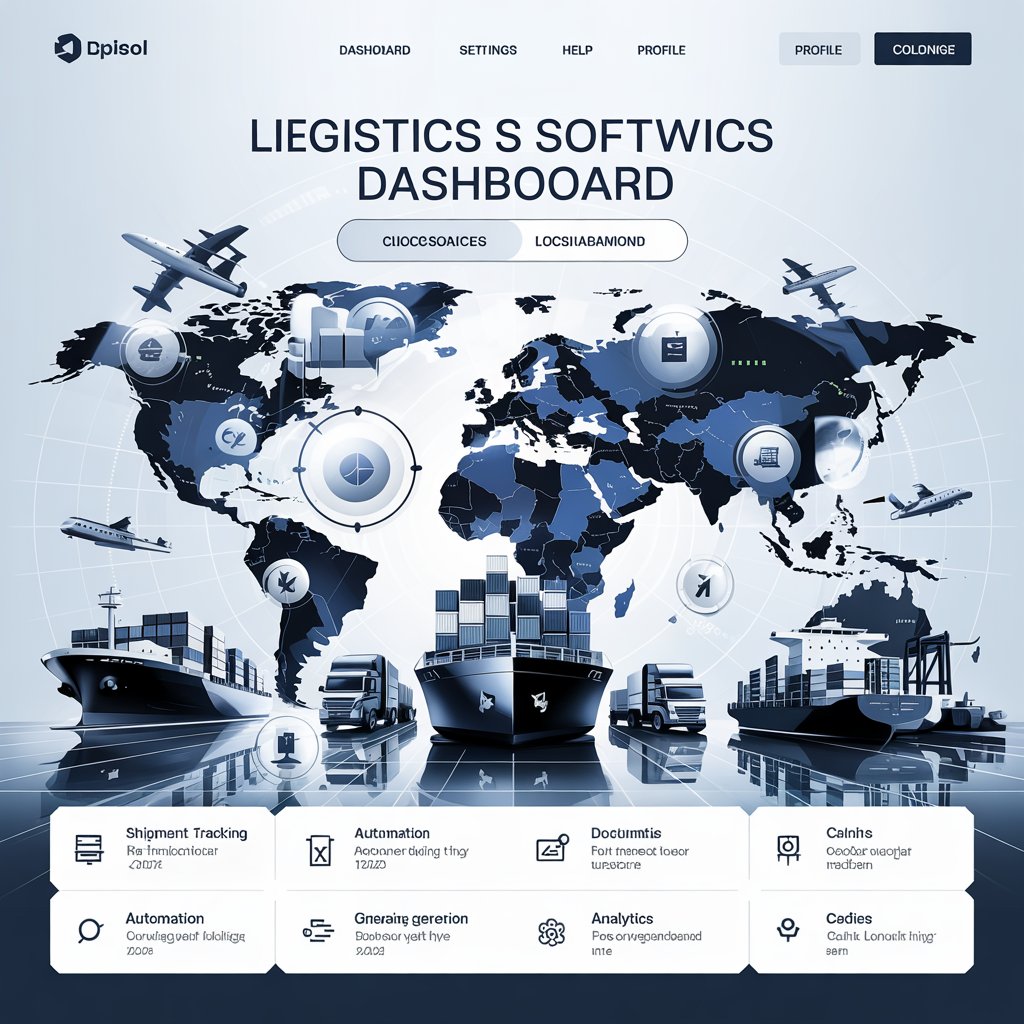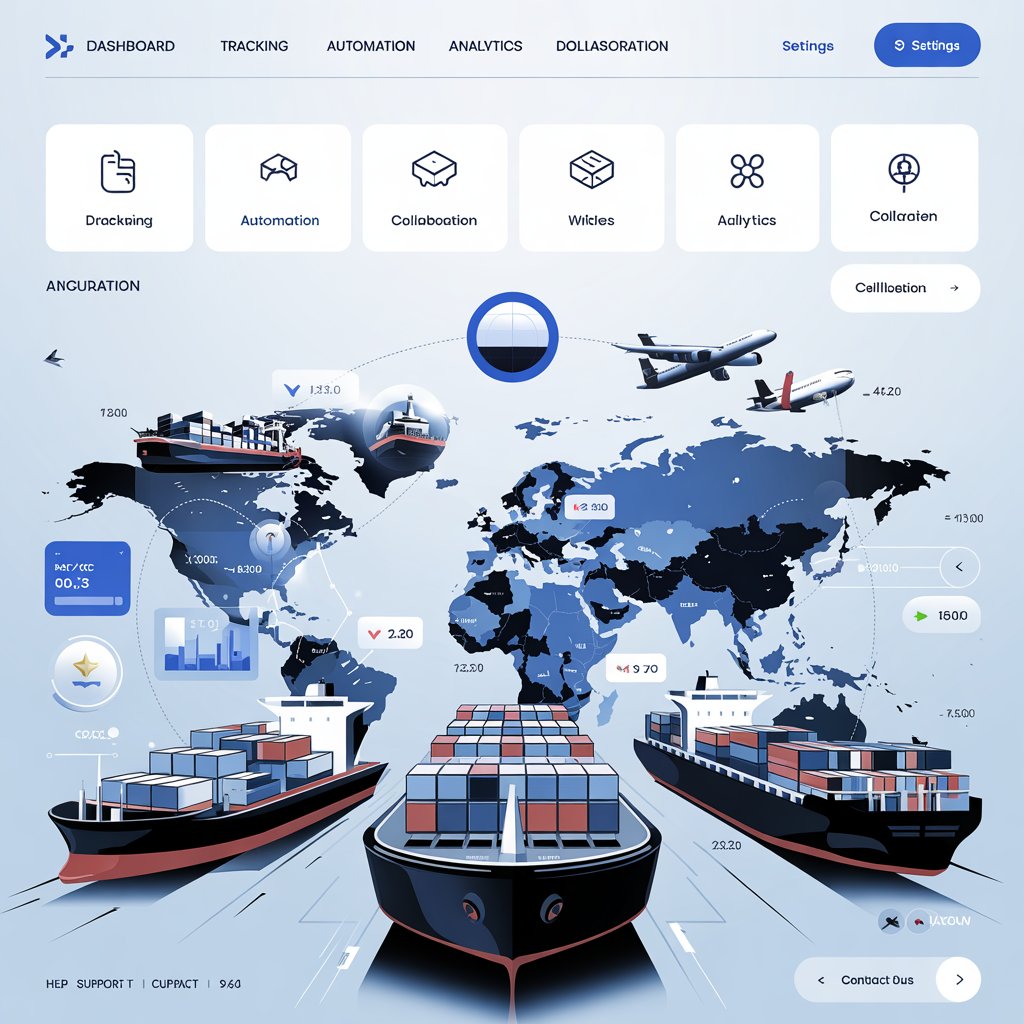Key Features to Look for in Freight Forwarder Software
But what features should you absolutely not compromise on? Let’s go through the key ones to consider before choosing your next freight solution. 👇

1. 📍 Real-Time Shipment Tracking
Customers expect live updates — and so should your team. A robust freight software must provide real-time visibility across all transport modes: sea, air, and ground. This includes GPS-based tracking, EDI updates from carriers, and automatic status notifications. When your clients can track their cargo independently, you reduce support inquiries and build trust through transparency.
2. 🧾 Automated Documentation
Manual paperwork is one of the biggest pain points in logistics. Freight software should be able to automatically generate critical documents like Bills of Lading, commercial invoices, packing lists, and customs declarations. This speeds up operations, reduces costly mistakes, and ensures compliance with international regulations. Digital templates and document storage also make audits and client requests faster to manage.

3. 🧠 Centralized Workflow Management
A modern freight forwarder doesn’t have time to jump between platforms. Your software should centralize quoting, booking, tracking, invoicing, and reporting in one easy-to-use dashboard. This ensures everyone — from operations to customer service — works from the same information in real time, reducing miscommunication and boosting productivity.
4. 📊 Advanced Reporting & Analytics
Freight forwarding is all about margins, time, and service quality. Software with built-in analytics helps you monitor delivery performance, carrier reliability, shipment volume, and client activity. These insights can help reduce costs, optimize resources, and identify new revenue opportunities. Look for customizable dashboards, downloadable reports, and KPI tracking.

5. 🤝 Collaboration Tools & Customer Portals
Your clients and partners shouldn’t need to email you every time they need an update. A great freight system provides a branded portal where customers can log in, track shipments, download documents, and message your team. Internally, chat functions and file sharing reduce confusion and speed up coordination across departments and with outside agents.
6. ⚙️ Integrations with Key Systems
Your freight software must play nicely with others. Whether it’s connecting to carrier systems, customs portals, CRM tools, accounting platforms, or ERPs — API and EDI support is essential. Integration reduces manual data entry, syncs critical information, and keeps your entire ecosystem aligned.

7. 🔐 Security, Scalability & Cloud Access
You’re dealing with sensitive information, so data security and access control are non-negotiable. Cloud-based platforms allow you to work from anywhere while ensuring backups, encryption, and user permissions are in place. As your business grows, your software should grow too — with support for more users, shipments, and custom workflows.
💡 Bonus Insight: What’s a Platform That Has All This?
If you’re looking for a freight forwarder software that includes all of the above — tracking, automation, reporting, collaboration, and scalability — it’s worth exploring options like Linbis, built specifically for the needs of freight professionals.
